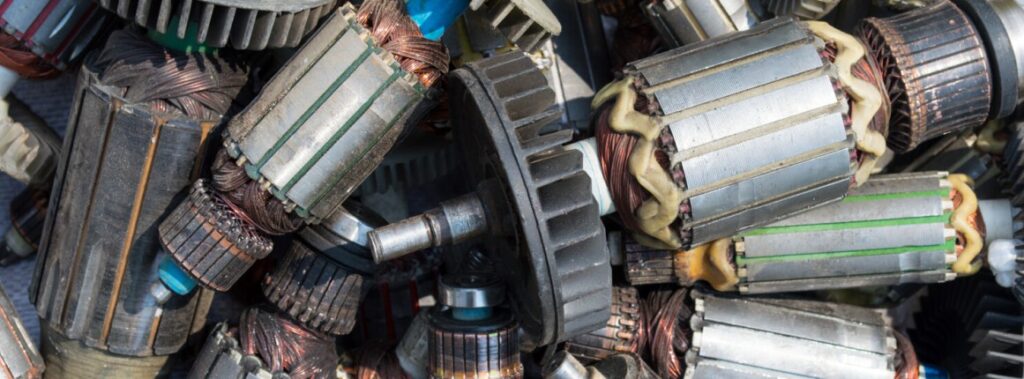Apex industry body Indian Electrical & Electronics Manufacturers’ Association (IEEMA) has proposed that the government should introduce a formal policy for scrapping of energy-inefficient motors.
Addressing a virtual media conference ahead of “ELROMA 2021,” being organized by IEEMA, senior members of the event’s organizing committee, said that such a scrapping policy would eventually make a significant contribution towards the nation’s energy saving drive.
With a view to discouraging the use of inefficient motors, IEEMA has been approaching agencies like Bureau of Energy Efficiency (BEE) and The Energy Research Institute (TERI) to initiate work on a scrapping policy requiring that motors of IE-1 or lower grade be scrapped after their useful life period, say 15 years, Naik noted.
Potential saving
n his opening remarks, Ashok Kulkarni, Chairman, ELROMA 2021, explained that India annually produces around 2 million motors, across various ratings, with an aggregate capacity of 35 GW. There is potential saving of 600 mw, every year, through the use of energy-efficient motors. He also remarked that apart from efficient motors, there is scope for ushering in energy efficiency through better system integration of motors.
Kulkarni observed that even before energy efficiency standards for motors were officially put in place, IEEMA member organizations voluntarily opted for energy-efficient motors, thereby taking energy-saving measures proactively.
ELROMA 2021 is the tenth edition of IEEMA’s series of technical conferences on rotating machines. The event, being held digitally, will be conducted between September 6 and September 8, 2021. ELROMA 2021, covering electrical rotating machines (motors) and drives, will run on the theme “Smart Efficient Rotating Machines & Control Solutions for a Greener World.”
Awareness campaigns
Though the government has officially not yet stepped in the effort of scrapping of inefficient motors (IE-1 grade), IEEMA has been conducting awareness campaigns to encourage users to switch to IE-2 (or higher) grade of motors. The saving on energy and costs is very significant. For instance, replacing a 5HP continuously-running motor with an IE-2 or IE-3 grade motor, will have a payback period of less than a year. It is estimated that of the total ownership cost of a motor during its useful life period, only 5 per cent represents the initial purchase cost while the remaining 95 per cent is the running (electricity) cost.
Naik was of the view that large Indian business conglomerates, which are conscious of issues like green energy and energy conservation, must take the lead and shun the use of inefficient motors in their own organizations. This could set a healthy precedent for smaller companies to follow. Speaking of awareness drives conducted by IEEMA, Naik recalled the case of a textile cluster in Surat, Gujarat, where over 3 lakh motors of IE-1 or lower grade were in use. Thanks to the awareness campaigns organized by IEEMA, so far around 5,000 such motors have been replaced by IE-3 or IE-4 motors.
Also read: IEEMA Announces “Digielec Bharat” To Showcase India’s Self Reliance
Moving to IE-3 and higher standards
Domestic production of IE-3, IE-4 or IE-5 is not therefore the core issue. There is also no dearth of demand for energy-efficient motors. The primary concern here is the resistance towards replacing existing motors, which are inefficient but in operation nevertheless. “We are very reluctant to replace anything that is working fine,” was how Dr. Vijayraghavan, summarized the psyche of a typical Indian consumer.
Curtailing imports
Based on India’s domestic competency and global competitiveness in the field of rotating machines, IEEMA clearly sees the opportunity of reducing imports by around Rs.1,000 crore per year and boosting exports by the same quantum. There was therefore clear scope to save foreign exchange worth Rs.2,000 crore annually, felt Ashok Kulkarni, Chairman, ELROMA 2021.
(All images used in this story are solely for illustration)

